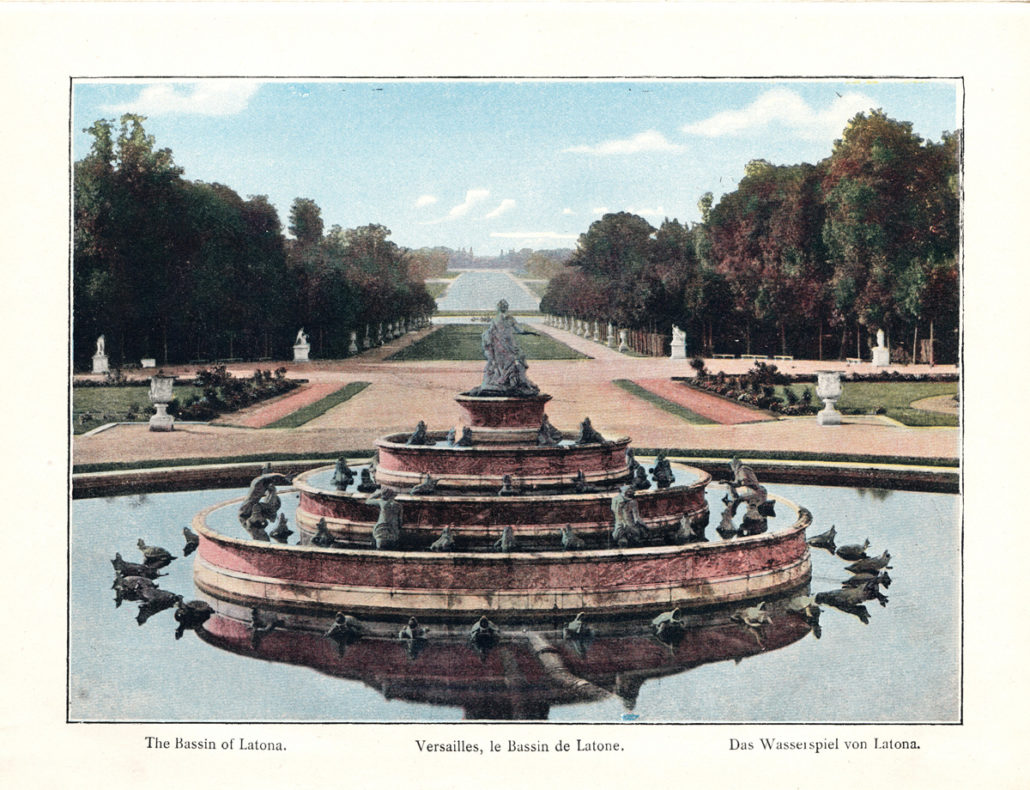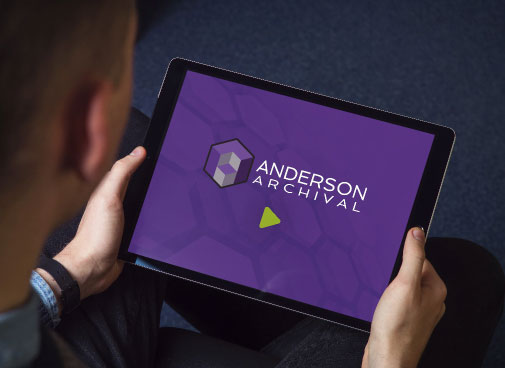Who Will Use This Collection and How? All About Use Cases

Use cases. It’s simply a term for capturing the functional requirements of a digital library. Each use case is written from the user’s perspective, defining who they are and how they want and expect to use the digital collection. Understanding use cases is essential for determining how a collection will be best delivered, and what […]
A Tailored Approach to Confidentiality

Picture this: you’ve spent a long time saving for an expensive tailored suit. Late nights at the office finally paid off, and now you’re prepared to invest in a sleek bespoke suit customized exactly to your specifications. When you need that suit to be styled and fitted, would you trust just any tailor listed at […]
Is Social Media the Best Way to Share Your Digital Library?

Even on the most social, shallow corners of the internet, it is becoming hard to miss the world of museums and archives. For advocates of sharing and learning from history, that’s excellent news. When building or preserving a collection, a common pressing question is “How do I get this important document in front of those […]
Create a Quality Paperless Office for Your Business with Digitizing Services

As technology integrates into our daily lives, many small businesses are moving from file cabinets to searchable file databases. Does your small business’ data still exist on paper, or has it been digitized poorly? Document scanning services are the solution. Anderson Archival’s team of document conversion services specialists are experts in making your business more […]




